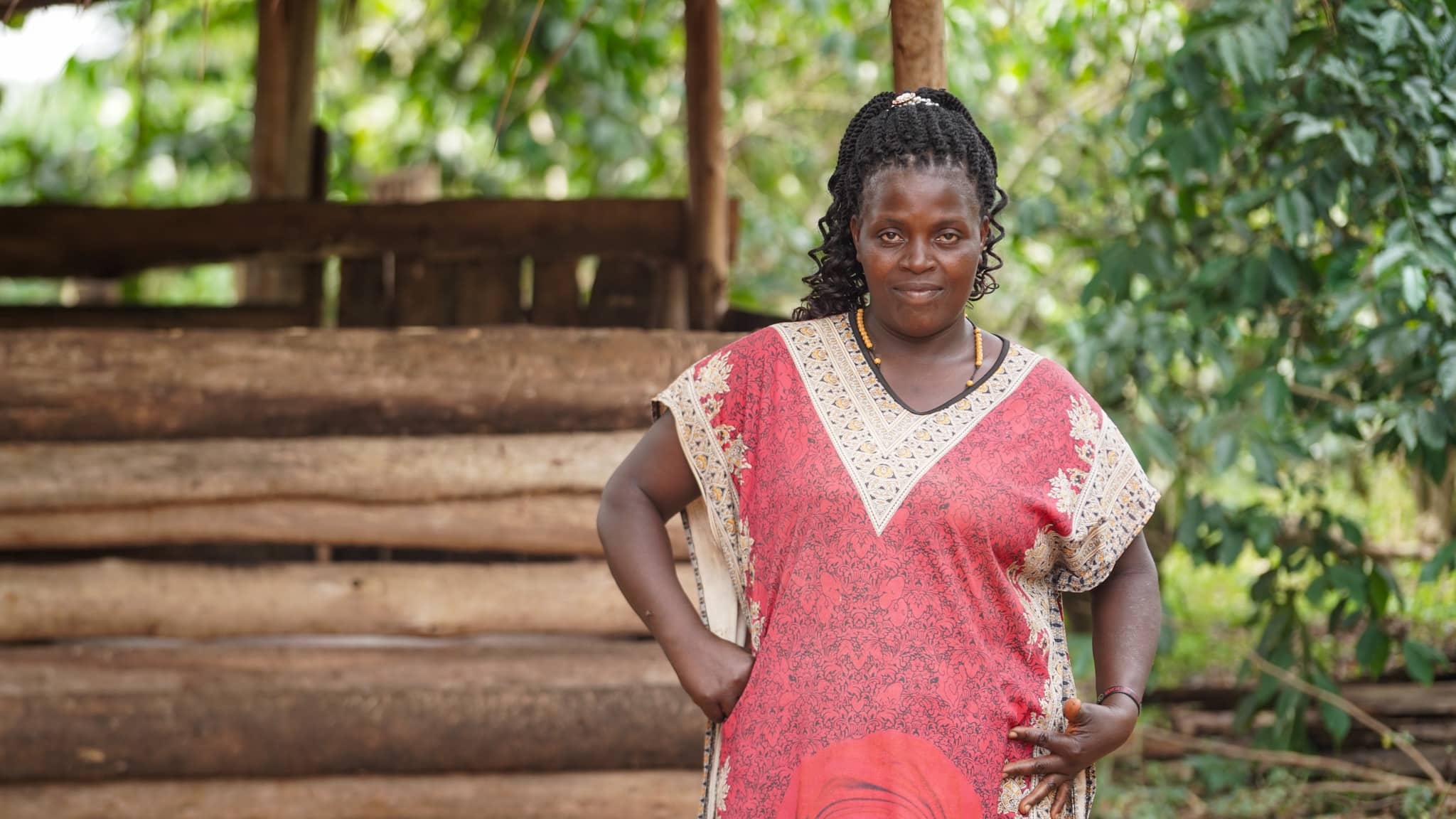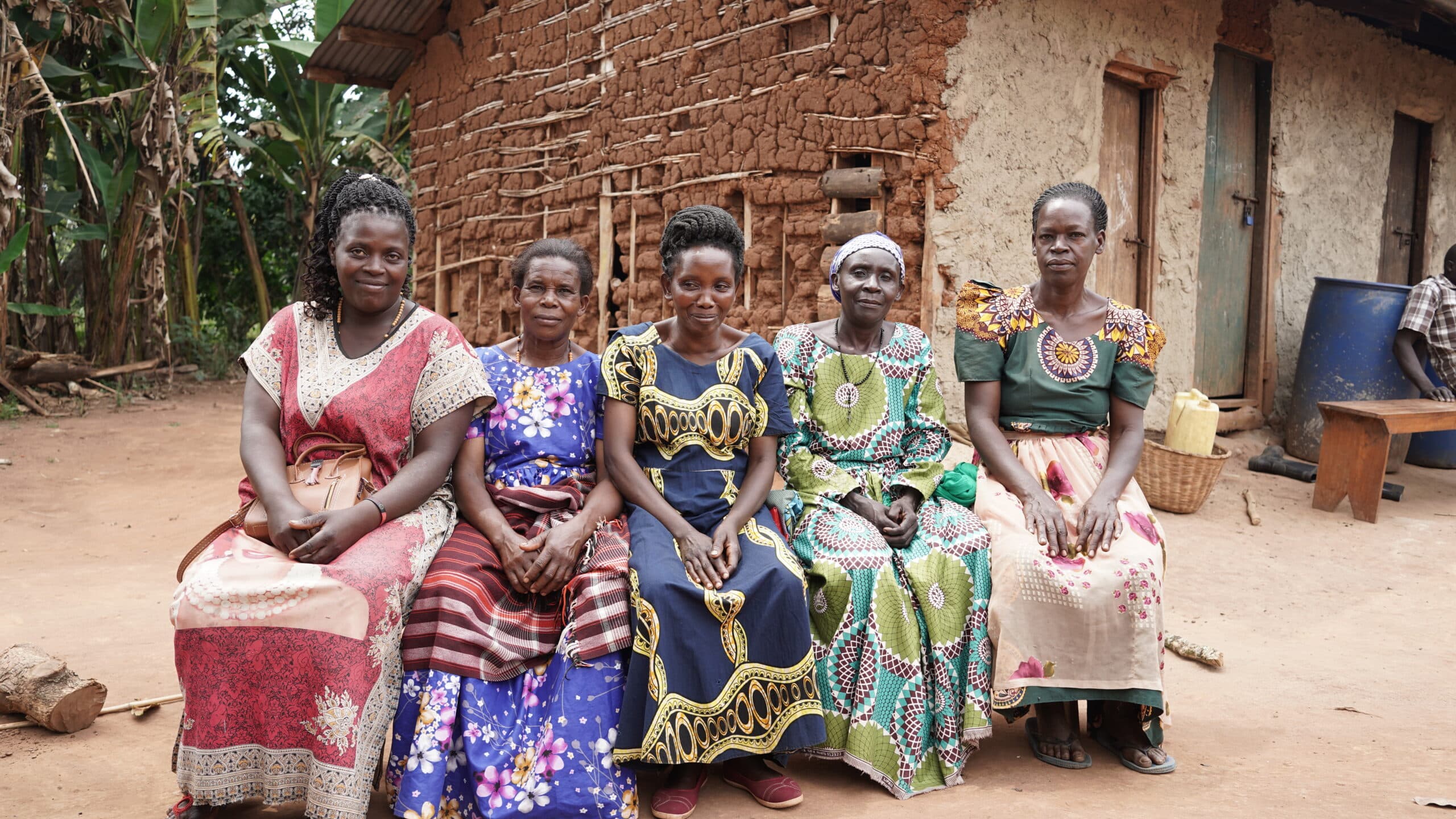Building Assets Through Training and Support

For Topista, a 40-year-old mother of 9 children, providing for her family was a struggle. Subsistence farming and livestock barely met their immediate needs, resulting in inconsistent income and virtually no savings. “We wouldn’t produce much. We had some pigs, but they wouldn’t fetch a decent price since they were of an inferior breed. I couldn’t buy better ones since we had no savings and couldn’t get a loan,” says Topista. Eager to build a better future for her family, she wanted to improve her income but didn’t know how. Things gradually changed for Topista and other community members in her village in 2023.
With support from the Government of Canada through Global Affairs Canada (GAC), Topista’s community partnered with Raising The Village under the “From Last Mile Into Possibilities (FLIP)” project. Prioritizing women and youth-headed households, the project focused on providing training and support on diverse income-generating activities and financial inclusion initiatives. With livestock breeding being one such initiative, Topista joined a group of four other women selected for livestock inputs. “I was appointed as the group leader as I was active during the training and had space to take care of the pig,” Topista said. She received a female pig for the group, a starter feed consisting of a mash of maize, soy, silverfish, salt, etc, and participated in training sessions on livestock care and management. “We learned a lot about raising pigs – building and maintaining a sty, preparing feed, preventing and treating diseases, and various other practices,” Topista said, “The training does not only apply to the piglets we received, but to other livestock animals and local breeds we own” she added.

Post the training, a Village Livestock Team (VLT) was assigned to the group to continue providing technical support and knowledge. For breeding and livestock growth, the community received one male pig for every five female pigs, with households from the existing group assigned to care for the male pig. Topista and the group worked together to care for the female pig their group received. They applied what they learned, vaccinated the pig, prepared the prescribed feed, and followed a feeding schedule.

In about four months, the pig gave birth to five piglets, which were shared among the group members. The group plans to keep breeding the pigs until their herd size is sustainable and sell them in the market for a good price. Gladys, another member of Topista’s group, has already made plans after receiving a piglet from the first litter. “I expect to get many more out of the piglet I received. The pigs will help me pay school fees for my children and cover the basic needs I want at home,” she said.
With Topista’s pig being pregnant again for the second time, she plans to sell some pigs from the new litter in two months and continue to grow her livestock. “Piglets from the breed I had earlier would sell for UGX 50,000, but with the breed RTV gave us, I expect to fetch UGX 100,000 each,” Topista said.
Be part of our journey. Support last-mile communities by supporting Raising The Village.
Let’s Stay Connected

